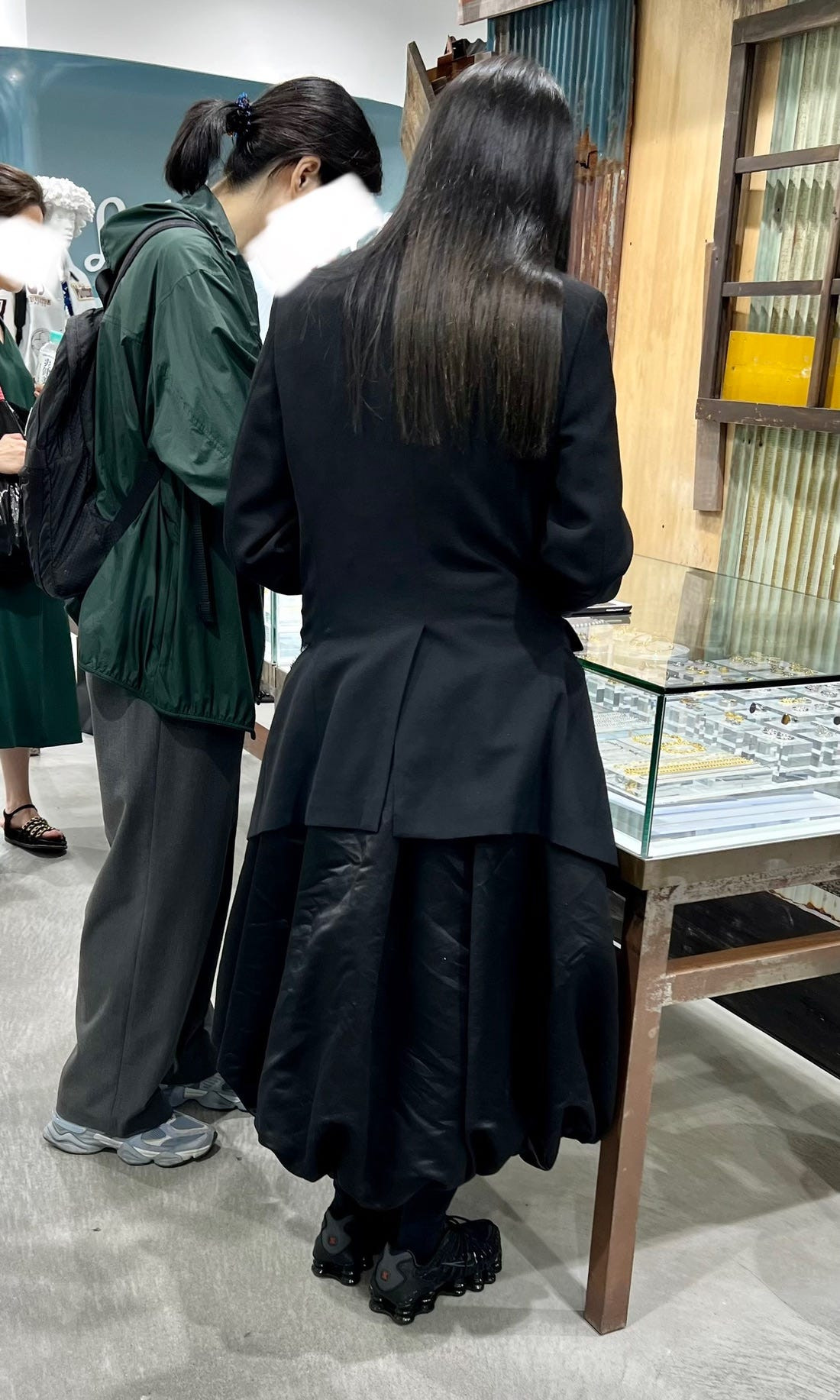Stepping into the vibrant streets of Japan, particularly in bustling cities like Osaka, Kyoto, and Tokyo, one is immediately struck by the distinctive and captivating Street Fashion. It’s more than just clothing; it’s a visual narrative reflecting personal style deeply intertwined with cultural and societal nuances. While personal style is a universal form of self-expression, observing Japanese street fashion reveals a fascinating interplay of individual creativity and broader cultural influences. This exploration goes beyond mere aesthetics, prompting a deeper consideration of the societal forces shaping these unique sartorial choices.
The profound impact of iconic Japanese designers such as Issey Miyake, Yohji Yamamoto, and Rei Kawakubo, pioneers who revolutionized fashion in the 1980s, is undeniably visible in Japanese street style. Their avant-garde philosophies and deconstructed aesthetics have permeated the fashion consciousness, inspiring both direct adoption of their designs and countless interpretations across the urban landscape.
Reflecting the design ethos of these influential figures, a prominent feature of Japanese street fashion is the prevalence of exaggerated silhouettes. Garments often possess a voluminous quality, skillfully obscuring the body’s form. This approach marks a significant departure from traditional Western fashion ideals that typically emphasize symmetrical, body-hugging fits designed to accentuate the physique. In contrast, Japanese street style frequently showcases women in flowing dresses, generously cut blouses, and wide-legged trousers or skirts, prioritizing shape and form over figure-hugging designs.
Another striking observation is the consistent coverage in Japanese street fashion. Unlike Western cultures where bare shoulders, backs, and chests are common, and even legs are frequently exposed, Japanese street style, particularly for women, leans towards covering the body extensively. This preference persists even in the face of Japan’s intensely hot and humid summers. While initial assumptions might point to cultural modesty norms, the practice could also be linked to sun protection and a cultural preference for untanned skin.
Despite the prevailing trend of coverage, Japanese street fashion is not static. In certain areas, particularly Tokyo’s trend-setting districts, a minority subtly challenges these norms. Historically, subcultures like gyaru, which encompasses styles such as lolita, kawaii, and kei, celebrated mini skirts and short shorts, flourishing from the 1990s into the 2010s. These subcultures, while less dominant today, illustrate the dynamic nature of Japanese street fashion and its capacity for diverse expressions.
Juxtaposing these modern styles, traditional Japanese garments also find their place in contemporary street fashion. Yukata, a lighter, cotton-based version of the kimono typically worn in summer, are frequently seen. While some wearers are undoubtedly tourists embracing Japanese culture, many locals genuinely incorporate yukata into their daily wardrobes, demonstrating a seamless blend of tradition and modern street style.
Another fascinating facet of Japanese street fashion is osoroi, the practice of coordinated dressing, particularly among families, friends, and couples. This “matching look” culture, also present in Korea, emphasizes group harmony and shared aesthetics, adding a unique dimension to street style observation.
Subtler cultural codes also manifest in Japanese street fashion. The rarity of sunglasses and the lingering stigma around visible tattoos, often associated with yakuza, Japan’s organized crime syndicate, are notable. This context adds layers of meaning to seemingly simple fashion choices, reflecting deep-seated cultural values of discretion and modesty.
Beyond these specific trends and cultural nuances, the sheer diversity of Japanese street fashion is captivating. From meticulously curated ensembles to effortlessly chic casual looks, the streets of Japan are a runway of individual expression.
Observing street fashion in Japan offers a rich and nuanced understanding of style as a cultural language. It’s a dynamic tapestry woven with threads of designer influence, traditional values, evolving subcultures, and individual creativity, making it a perpetually fascinating subject for fashion enthusiasts worldwide.

